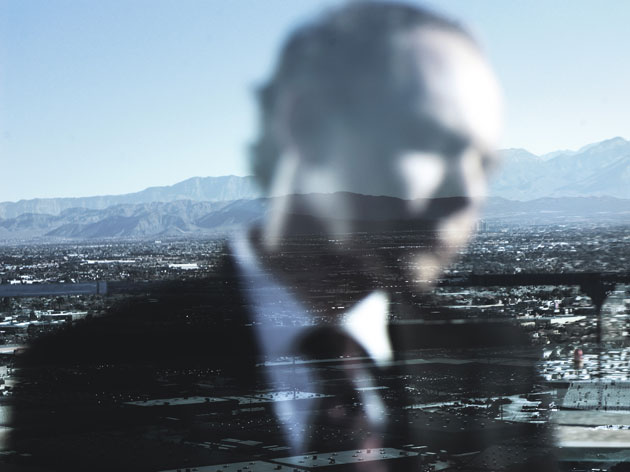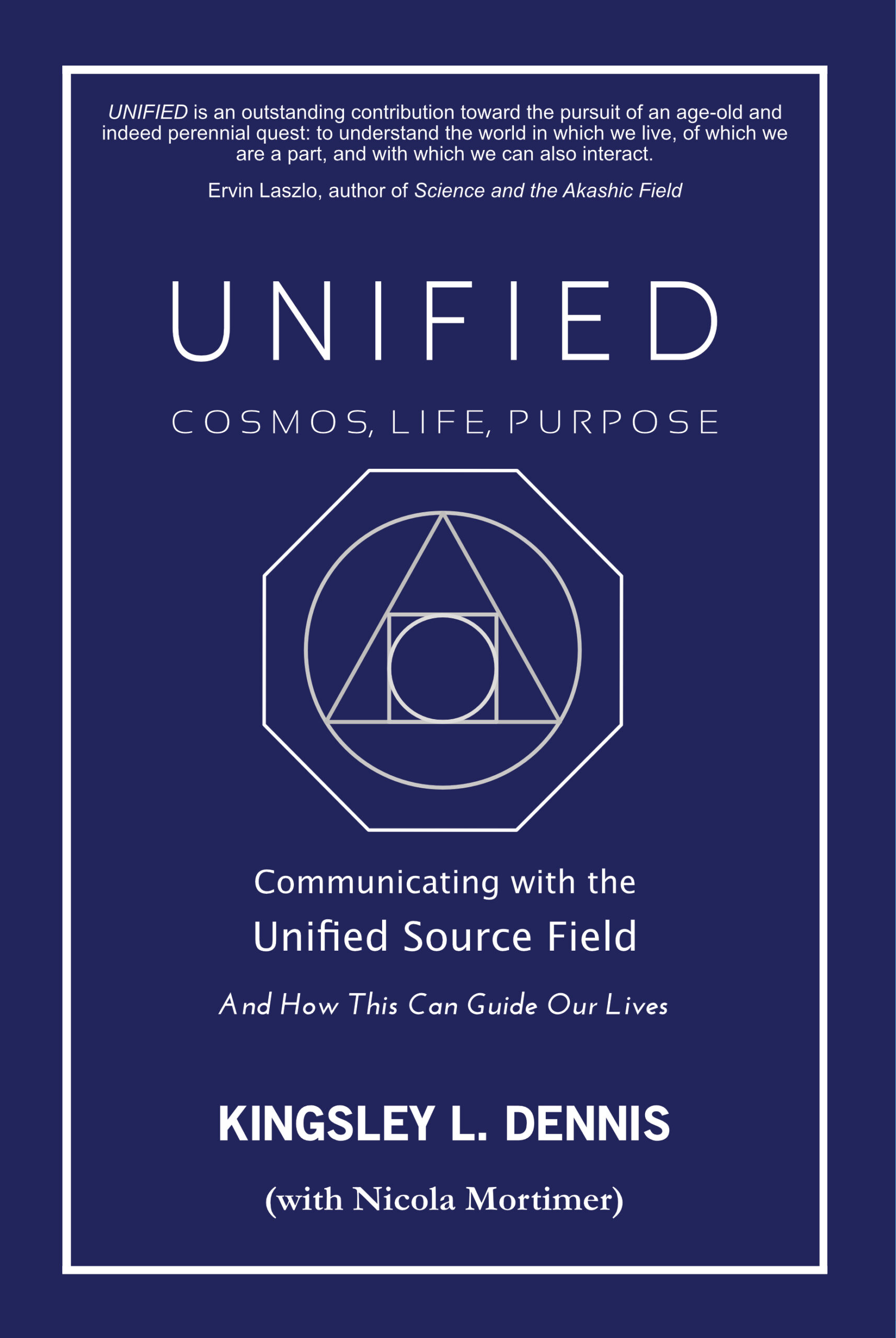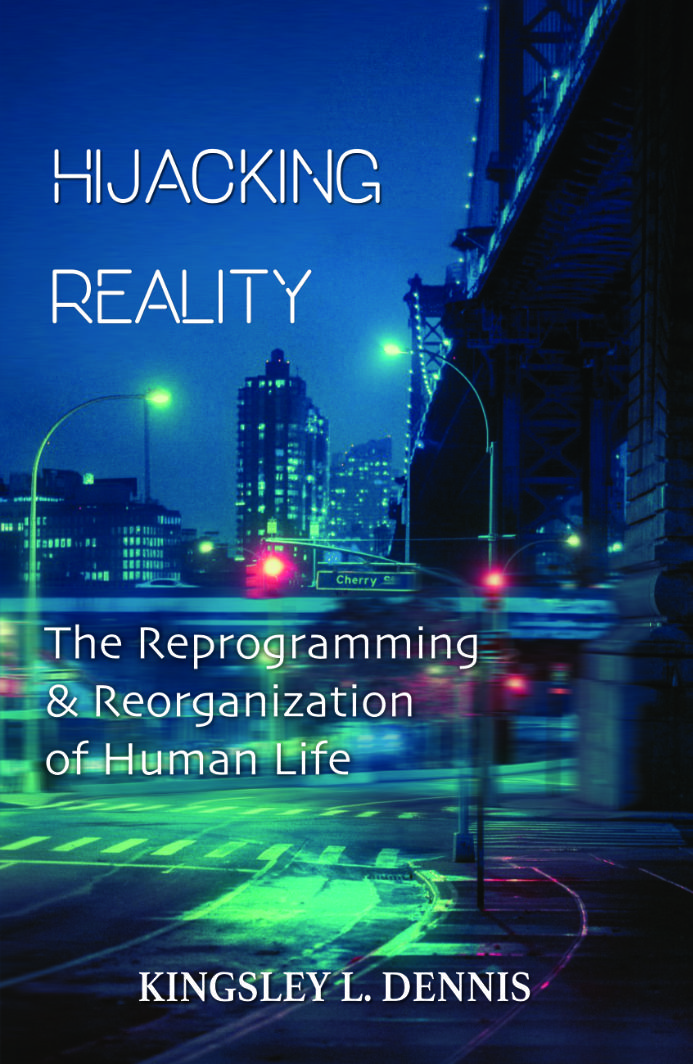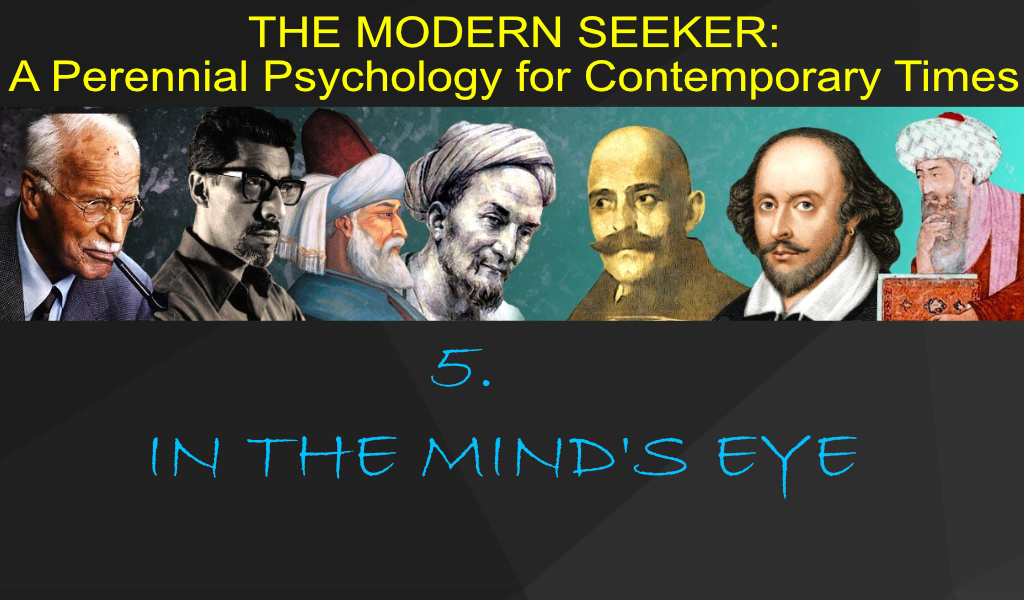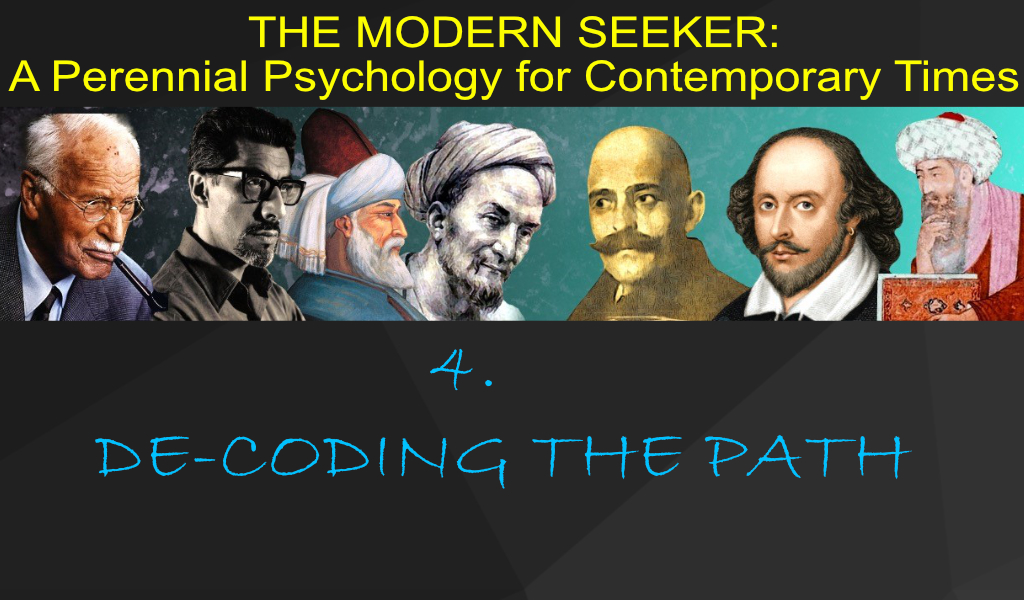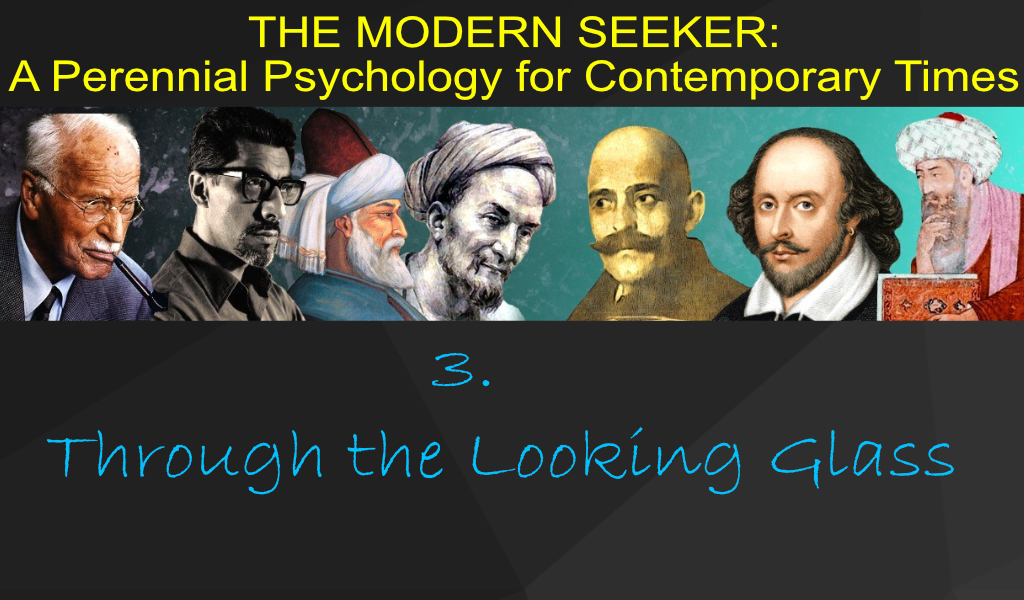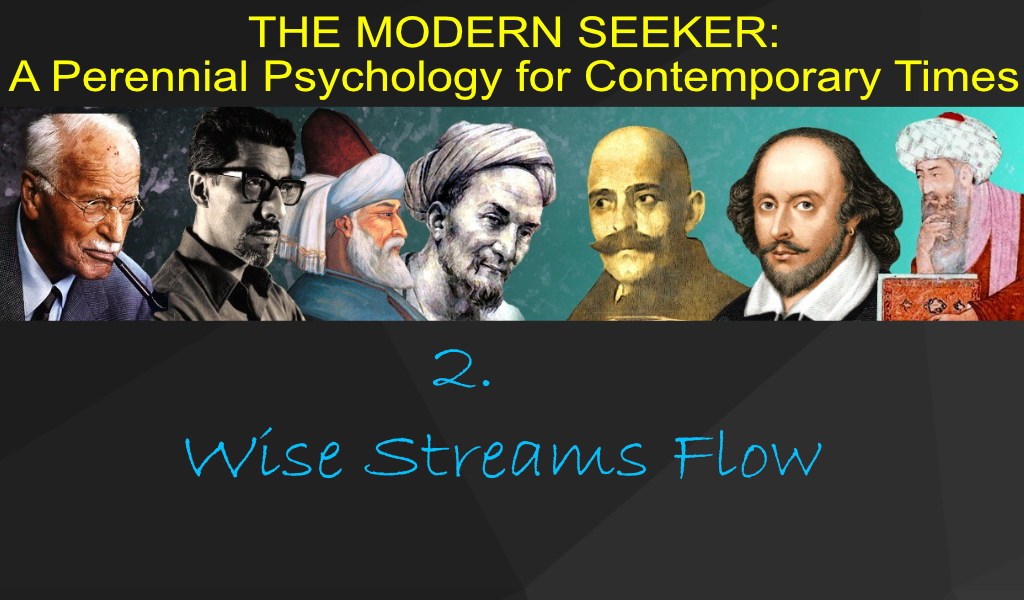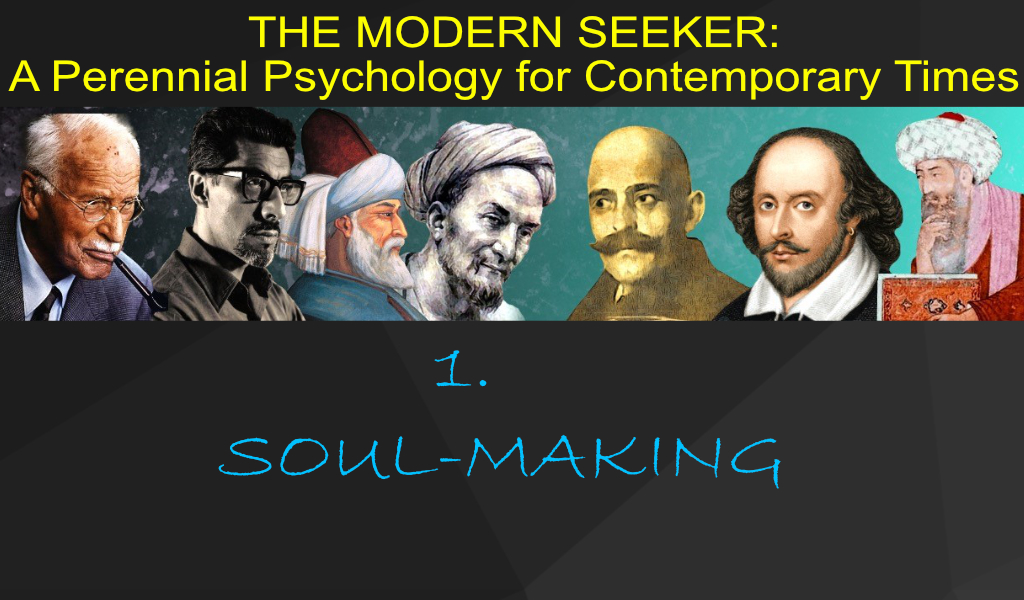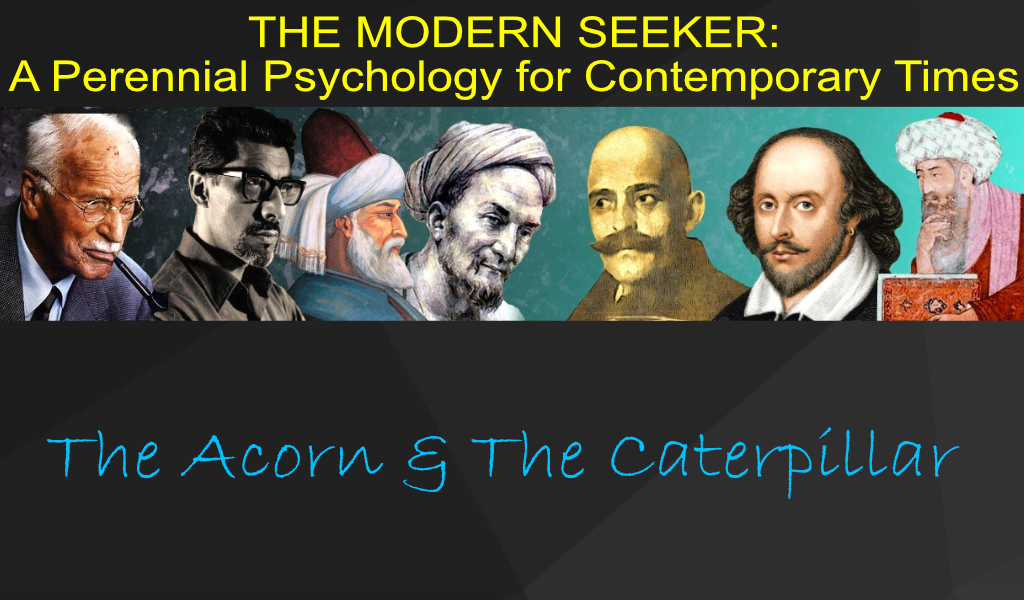ɪˈluːʒ(ə)n/
noun
an instance of a wrong or misinterpreted perception of a sensory experience.
a deceptive appearance or impression.
a false idea or belief.
We live in a society in which spurious realities are manufactured by the media, by governments, by big corporations, by religious groups, political groups. I ask, in my writing, ‘What is real?’ Because unceasingly we are bombarded with pseudo realities manufactured by very sophisticated people using very sophisticated electronic mechanisms.
Philip K. Dick
On the face of it, life is unruly – it is too complex, too dirty, too full of uncertainties and unknowns that would only disturb the masses. People, after all, need to be comforted. That’s why another reality is conjured up that is manufactured by the media. Philip K. Dick asks what is real as we are under the bombardment and assault of pseudo realities. We may ask ourselves the same question, what is real? Perhaps our perfect crime has been to hide the real so well that our modern societies have ventured beyond the illusion of reality itself. The perfect crime is the perfect cover up. The power to make better choices comes from the power to have information. Information has been the life-blood of our societies and cultures and has been guarded tenaciously throughout the centuries. Whether sacred ‘divine’ knowledge or information on how to improve one’s life in general; they have all been guarded by various institutions throughout our history. From priest kings to shamans; from religious figures to scientists; from life-coaches to gurus; and from governments to mainstream media – information has always come at a price, if it has come at all.
Information was something traditionally given to people in a controlled manner. The masses were provided information generally in-keeping with their level of intelligence as well as their need to know. And traditionally, both these factors were notoriously kept low. Anthropologists tend to agree that homo sapiens has conquered the globe due to its flexible ability to cooperate on a mass scale and with strangers. And historians add to this by saying that human societies have proved so successful because they are able to socially organize themselves and survive as long as order is maintained. That is, the unified elites have always been able to dominate the disorderly masses. The masses remain disorganized if they lack sufficient access to credible information. And that is where the cult of information and the spectacle of entertainment enter into the picture.
Modern life has become inundated with information, and it has spilled over into the hands of the masses. The age of illiterate masses listening to their local church sermons to receive the word of divine guidance is long gone. The Gutenberg Press managed to signal the end to the monopoly on scribes. Books began to bring new and inspiring information to the masses whom were quickly learning to read. And then something enormously powerful happened at the end of the 20th century – the communication channels were multiplied, and people began to talk back, in droves. People were no longer only receivers of information as in the past; they could now produce the information themselves and share it with a potential audience of millions around the globe. The planetary talking box was opened, and people were finding they had voices. And that is when propaganda stepped up a notch to become even more of a hardcore science and governmental tool.
In our not so distant past, if you wanted to seize political power in a country then normally your first step would be to control the army and the police; that is, the institutions of brute force. Today though it is only in the less ‘democratic’ countries where dictatorships still use such overt force when trying a coup d’etat. The real war is the war of minds. The day after the fall of Khrushchev in the former Soviet Union the editors of Pravda, Izvestiia, and the heads of the radio and television were replaced but the army wasn’t called out. More recently, after the failed coup attempt in Turkey, in July 2016, the incumbent government came down heavy on what it considered to be the country’s alternative media. In the immediate aftermath, 148 journalists and media workers were jailed, and 169 media and publishing outlets were closed down under the state of emergency.[i] And that was just the beginning. In any society it is important who controls the news information, and how it is dispersed. Yet since we now live in an ‘Internet Age’ of global communication and information networks, it is increasingly harder by the day to keep a tight control on things. In a sense, Pandora’s Box has already opened. And if there is so much information out there then how do you maintain order? The best answer is – provide more of it. Provide so much information that people are drowning in it. And then add some more to discredit what is already out there. People are then not only swimming in information but begin to drown in it. And the rest – well, that’s entertainment!
The Illusion of Truth
A spectral illusion is created through our mainstream media and news in order to offer a simplified vision of the world to us. It is Us vs. Them; Good vs. Bad; Developed vs. Undeveloped; Legal vs. Illegal; and all the rest of these bland dichotomies that are brandished as deep truths.
We have an ‘official culture’ that functions as the ether. We are immersed in it even if we are not aware, as fish in the sea do not always debate the water. This official culture creates the signs and symbols that affectively dictates our slice of reality: money, credit, status, intellect, policy, major sports, lesser sports, celebrities, good film, bad film, popular book, ignored book, love, sexy, seduction, disappointment, etc, etc. We buy into all these terms so deeply that it is no surprise to learn that we are a cultural species in therapy. We have been brought up and ‘educated’ to protect ourselves with the illusion of truth. Everything withdraws behind its own appearance, so that things appear to take place even when they do not. This is the great absence in our lives – excuses riddled with illusion, hiding through false appearance. We are left to decipher the world, to try and pull back the illusionary curtains. The crime of life is its incompleteness – a living absence that gnaws at us. We drift between second-hand news as ghosts drift between walls. If everyone believes in a lie, it doesn’t stop it from being a lie, or make it into a truth.
The illusion is often what many people want to hear, rather than the brutalities, or mundane reality, of life. It is as if we prefer bland information and filtered news, or celebrity gossip, as a complement to one’s own sense of restricted reality. Most modern societies thrive by the cultivation of illusion. In the end, such cultures of illusion may succeed in robbing the masses of their perceptual abilities to separate illusion from truth. As journalist Chris Hedges notes – ‘not since the Soviet and fascist dictatorships, and perhaps the brutal authoritarian control of the Catholic Church in the Middle Ages, has the content of information been as skillfully and ruthlessly controlled and manipulated.’1 Our so-called developed societies manufacture and peddle their illusion of reality as much as they can. And any denouncement or doubt upon this illusion is immediately met by a systemic defense that labels the critics as conspiracy theorists, anarchists, or anti-social. In other words, those who question the cultural narrative (a.k.a. illusion) are branded as deluded. Reality, it seems, is that which the majority believe.
It has been said that when a culture, and its people, become unmoored from reality then they retreat into a world of fantasy. And then this fantasy mode can invert meanings, truths, and all sense of what is going on. Such collective illusions – or ‘bubble realities’- can feed the populace on trigger words and phrases like war on terror or yes, we can or make us great again, and within these narrow hypnotic parameters all critical thought, ambiguity, and conscious observation vanish. And when the people can no longer distinguish between what is truth and what is fiction (make-believe), then reality gets usurped and the fantasy world takes over.
An epidemic of information can just as easily turn into a pandemic of misinformation. In many ways it already has. Information has always been used as a tool of psychological warfare as it forms a part of state-sponsored operations that serve as a new back door into peoples’ minds. Once false information is planted inside of our minds then it becomes harder to be objective or to make clear distinctions. Such information can then easily be hash-tagged, trended, and go viral. Going viral is now a common word, used to denote things, both positive and negative, that have gained rapid, and often unexpected, popularity. The word viral used to signify the behavior of a virus; that is, a small, infectious agent. The analogy is an apt one – agents of infection are now constantly roaming our information networks and entering into our minds. Information we receive is likely to be infected with a ‘viral agent’ just like coughing can and does spread the common cold. And one of the largest spreaders of ‘thought viruses’ today is social media. The social media, with customized targeting of news and adverts, is increasingly reinforcing the opinions, viewpoints, and beliefs we have already chosen to accept rather than presenting us with challenging new ones. We end up reinforcing our own bubbles of perception instead of expanding them.
The criteria and legitimacy of truth has been substituted by the promotion of incredulous untruths throughout our media systems. We now have a serious credibility issue with our major social institutions – media, politics, education, and finance. The mainstream media now represents the triumphant illusionism; the ambiguity of the spectacle that deceives and anaesthetizes the imagination. The gradual, uniform bombardment of information has succeeded in leveling out difference and now much of the content comes across as being almost the same. Diversity is just a superficial sleight-of-hand distraction. It doesn’t really matter which mainstream news channel a person tunes into; they are all getting their information from a very limited selection of sources. Information is dispersed from a very tightly centralized sphere of power.
Media Centralization
These days most western media organizations are owned by only a handful of giant conglomerates, such as Comcast; Disney; Time Warner; News Corp; Viacom; Vivendi Universal; and Bertelsmann. Over the years they have continued to absorb rival companies – called mergers – that expand their broadcasting reach. For example, the average person is not very likely to have heard of Charter Communications. Are they famous? Are they big? They are the second-largest cable operator in the United States, just behind Comcast, and the third largest pay-TV operator. In 2015 Charter bought out Time-Warner Cable in a deal valued at 78.7 billion dollars. Now that’s big. After the corporations, perhaps the next biggest information sources are the journalistic press companies, such as Associated Press and Reuters News. Are they objective?
In the US especially, television journalism has become a masquerade. Much of our news is personalized tidbits, intimate stories of stars, politicians, and the celebrity elite that are passed off as news in order to distract us. Such crass journalism seeks out not stories of depth or worth but a fantasy play of personalities. And the more ‘larger-than-life’ the stories then the more chance they have of success and of being taken into people’s hearts. Stories that reflect these ‘celebrity’ personalities get media attention, especially when saturated in gossip, relationships, or domestic struggles. Personalities are less adored when they go marching against fracking practices or oil pipeline proposals. Somehow it just doesn’t feel right that a beautiful star from a movie franchise should be protesting in a jumpsuit and sneakers in the rain. The two images just don’t go together well in people’s heads.
Information itself has now become its own form of stagecraft. And most of the news in today’s modern world is booby-trapped.
Newsflash: news is fake
Today’s information and news is more about perception management than it is about educating the people. Influencing minds is more favorable, and more lucrative, than informing them. The end result is both more guaranteed and more controlled. Open information has always been a dangerous thing, as religious and social institutions have long known. Controlled information seeks to create contrived headlines, censored and cut images, and sanitized news. And as consumers of such news, we are accepting and buying into an encroaching unrealism. It is a world of substitution that subverts the mind. It is often easier to confuse and misinform than it is to inculcate opinion.
Today we are faced with a new type of news. We have entered a mirror hall of journalism where fake news and alternative facts are further obscuring the veneer of truth by tampering with the already fragile and fragmented sense of reality. The malady of the unreal is spreading like a pandemic. Fake is the new ‘new’!
In the last couple of years, the meme of ‘alternative facts’ has been gaining ground, especially in political talk. It is a convenient way of brushing off inconvenient news as well as appearing to discredit the source of the information. Not only that, it is also a deliberate way to add confusion to the issue. Once people begin to question the validity of reported news and the ‘facts of the truth’ then no one can be sure again of what is real or not. This appeared to be a political tactic during the 2016 US presidential campaign, especially on the part of the Republican nominee Donald Trump (who subsequently became president). Not only did Trump like to refer to inconvenient news as ‘alternative facts’ but he also cultivated a habit (whether consciously or not) of contradicting himself and being inconsistent in his policies. In the end, it proved confusing for journalists to pin him down, and social media was rife with a flood of contradictory statements, opinions, and criticism. Nobody really knew what Trump stood for, either politically or personally; and in the end not only did it not seem to matter to many, but the uncertainty and confusion most likely worked in his favor.
In a similar manner, it was noted by astute commentators that the Putin government in Russia also plays the ‘uncertainty card’ by playing all sides of the political game. In his documentary Hypernormalization Adam Curtis points out that the Putin regime backed and supported many of their political opponents and critical factions, unbeknown to the factions themselves, and then exposed this tactic publicly. The result was that credibility in the political domain was eroded and in its wake was left uncertainty and confusion. The role of ‘truth’ was no longer viable. It is hard for anyone to discern what is real and what is credible information when the playing field is deliberately manipulated with misinformation. A similar strategy has been used by governmental spy agencies the world over. In fact, it would be fair to say that a great deal of mainstream information currently in circulation is misinformation. That is, it has been tampered, doctored, censored, or falsified. Perhaps the only real ‘truth’ is that which comes through personal experience. The rest is a fabrication of the world. The recent much-publicized phenomenon of ‘fake news’ is not something new, only that once upon a time it was under controlled dispersion and called mainstream news.
Nowadays, that which is classed as knowledge is more often data-information that has been agreed upon for general dissemination. We find in our daily news that extracts from an upcoming political speech have been ‘leaked’ to the press. Why is it that the press seems to know what’s upcoming in almost all of the political speeches? It’s obvious to any half-serious observer that political offices pass on parts of their upcoming speeches deliberately to test the waters with their content and to prepare the public of what is to come. Leaky channels are just another name for information channels these days.
These all-too-often instances of leaks, or ‘legitimate’ news dissemination, are nothing when compared to the state-sponsored infiltrations from government agencies. The so-called ‘Russiagate’ scandal is just another mix of hypocrisy and misinformation. It shows a shameless level of hypocrisy in that it is well-known, and documented, that countries such as the US and China have a horde of cyber-technicians infiltrating online forums, chat sites, web gatherings, blogs, etc, and deliberately seeding and spreading a range of calculated (mis)information. This information may be pro-government propaganda, deliberate misinformation, alternative ‘facts,’ or downright post-truth irregularities aimed at confusing the infosphere. The information highways are an open playing field where many actors, agencies, and agendas are vying for presence, infiltration, and dominance. The game is now on in the digital realms – and it’s all about the management of perception. It’s hard to judge just exactly who is saying what, or why.
Who is saying what?
It is going to be increasingly likely that the news you read online or from your favorite newspaper will not have been written by whom you thought it was. Take a look at this example:
Thomas Keehn didn’t allow a single run as Stags defeated Good Counsel 1-0 on Wednesday. Keehn allowed just two hits and induced a fly out from Walker to end the game.
The pitching was strong on both sides. Thomas Keehn struck out nine, while Orie sat down three.
Stags captured the lead in the second inning.
A single by Grass in the second inning was a positive for Good Counsel.
Keehn earned the win for Stags. He went seven innings, giving up zero runs, two hits, and striking out nine. Orie took the loss for Good Counsel. He tossed six innings, giving up one run, three hits, and striking out three.
Timmy Pyne went 2-for-2 at the plate to lead Stags in hits.[ii]
Maybe not the most prosaic of pieces; and it certainly will not win any literary prizes. Yet I doubt that the author will care, for it is neither a he nor a she – it is an algorithm. It was written by a powerful artificial intelligence engine, named ‘Quill,’ that was created by Narrative Science, Inc; a company set up to produce automated articles in a variety of areas, including sports, business, and politics. This intelligence software can generate a news story approximately every thirty seconds. Many of their automated articles are already published and used by widely known and respected websites that prefer not to disclose this fact. A quick way to find articles produced by ‘Quill’ is to do a search using the following words – ‘Powered by Narrative Science and GameChanger Media’ – as I just did to find the above extract. The idea that people write all the news stories is just another illusion. At a 2011 industry conference the co-founder of Narrative Science, Kristian Hammond, predicted that the number of news articles that would be written by algorithms within fifteen years would be over ninety percent.2
On their homepage website Narrative Science boldly claim that:
Narrative Science is humanizing data like never before, with technology that interprets your data, then transforms it into Intelligent Narratives at unprecedented speed and scale. With Narrative Science, your data becomes actionable—a powerful asset you can use to make better decisions, improve interactions with customers and empower your employees.[iii]
So, our data information is being humanized ‘like never before’ by taking out the human element – how’s that? Well, it’s just another illusion – a great sleight-of-hand and the deft art of perception management. Yet whilst it’s hard to totally agree with the above prediction that in the near future over ninety percent of our news will be written by algorithms, it does show how those in the industry perceive our ever-decreasing human future.
My own sense is that with the continued rise of social media there will be a healthy civil journalism from the people on the ground. There is also likely to be an increase in alternative news gathering and dissemination. Yet it does beg the question of whether we will be able to discern the difference between human-generated news and an algorithm. How would you know that something you read online was written by an algorithm or not? And this takes us to the issue of trust, which is likely to be a growing area of concern in the years ahead. As the illusion of our information intensifies, the notion of trusted networks and trusted sources will become paramount. And trust is a matter of discernment.
During these years we will need to strengthen our senses of discernment. To have discernment means that we have an active critical faculty – and that means being alert. Alert to the sources of our news, opinions, and cultural reporting. And especially alert to what is being told (or fed) to us through our leaky political channels. We need to be alert and observe how the information is being played out through our mainstream institutional channels. Most of the news and information that will be on ‘public display’ in these years will be directed at an emotional level. And much of this too will be a pendulum swing between trite entertainment and emotional fear. The saturated world of information in which we now live can be a rich source for us or it can be a distracting circus. It is our responsibility to decide which one we wish to make it.
We need to really see what’s going on, and to see through the show. We have to take out the trash before it has a chance to enter into our minds. Working on being the grounded observer is subtler than we may ever suspect. And in our increasingly carnivalesque cultures it is ever more needed, and a counterbalance to the sparkling spectacles that beguile us. The spectacle, I suspect, is about to get a lot more expressive.
Endnotes
1 Hedges, Chris. 2010. Empire of Illusion: The End of Literacy and the Triumph of Spectacle. New York: Nation Books, p45
2 Ford, Martin. 2015. The Rise of the Robots: Technology and the Threat of Mass Unemployment. London: Oneworld Publications, p87.
[i] For more information, see – https://www.hrw.org/news/2016/12/15/turkey-silencing-media
[ii] Taken from a randomly selected online sports website; in this case http://www.demathacatholicbaseball.com/in-the-news (accessed 25 May 2017)
[iii] For more information see – https://www.narrativescience.com/


